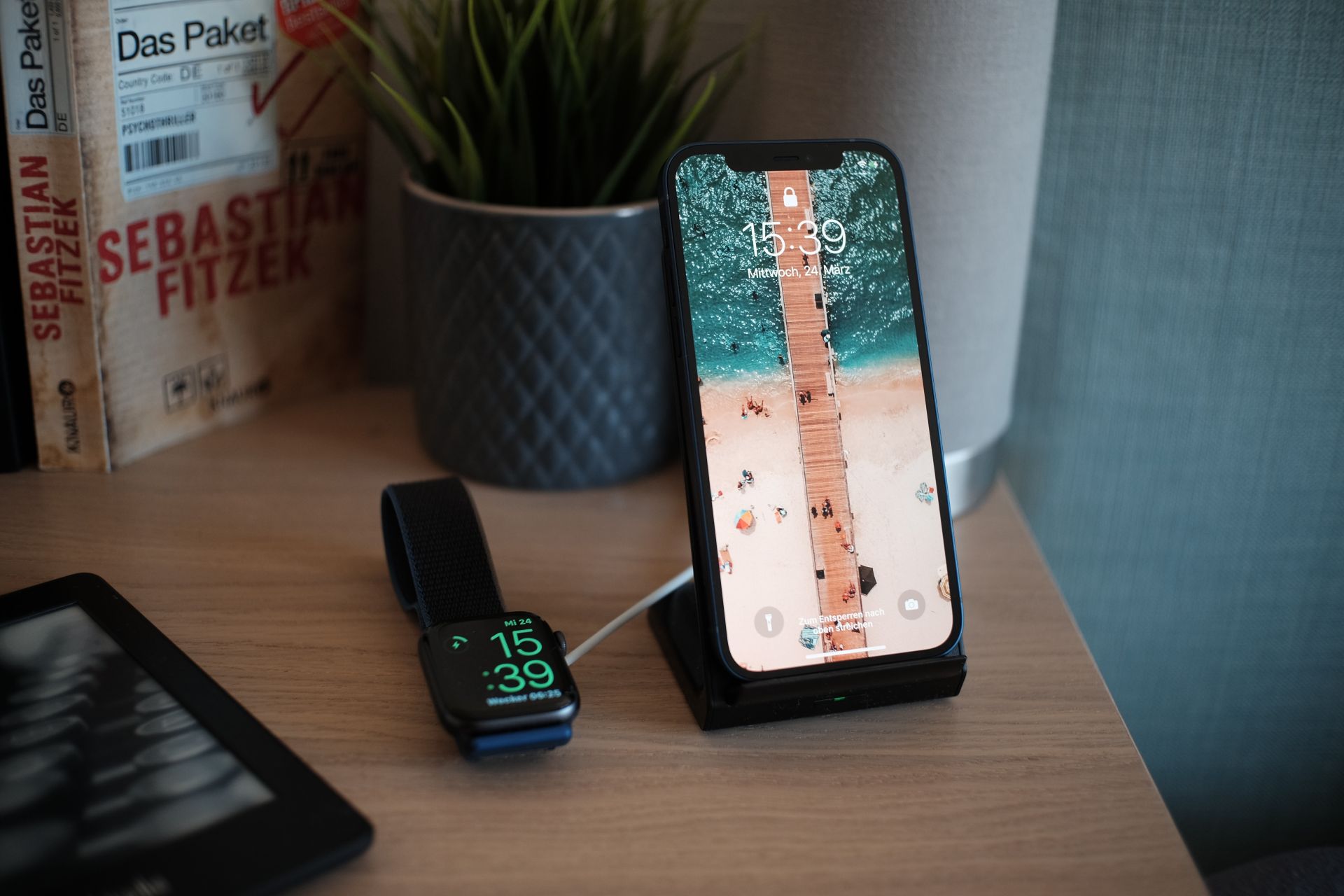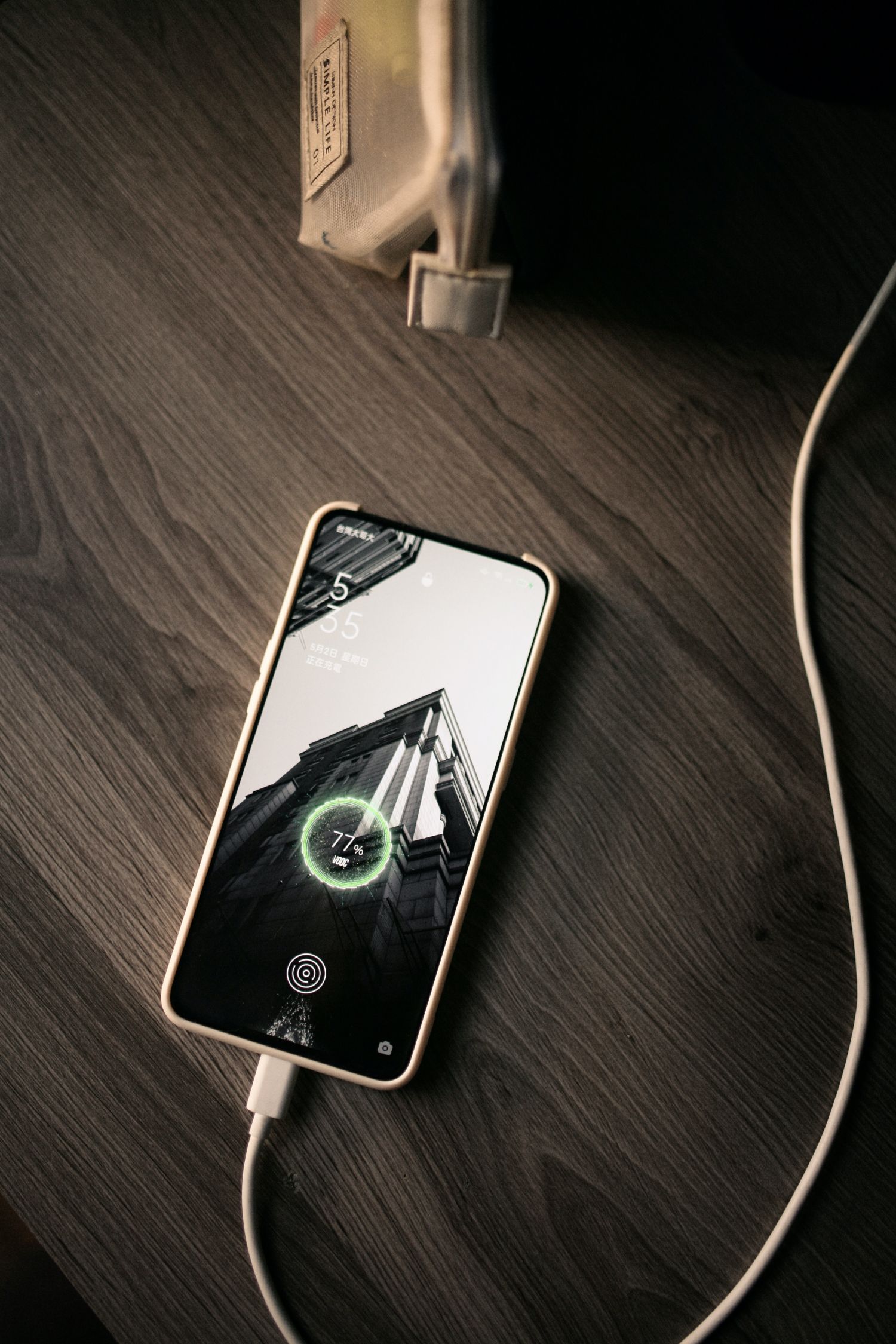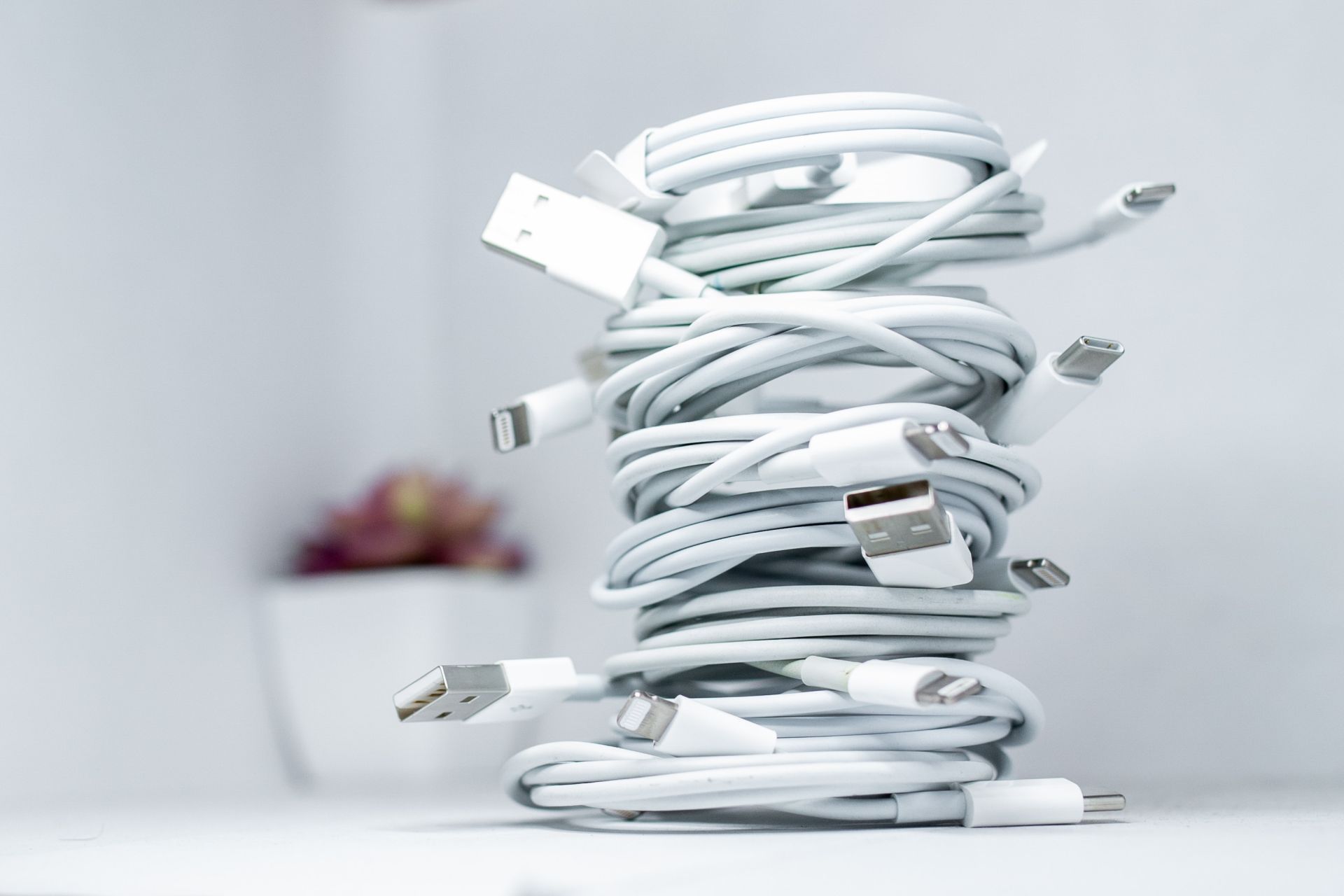Is your iPhone’s battery life draining faster after the latest update, and are you already looking forward to iOS 17.0.1? You’re not alone. iOS 17 issues are not strictly related to charging as there are other problems too, but the charging issue has taken over the internet.
The latest iOS upgrade has landed, and while it brings a host of exciting features, it’s also bringing some unexpected headaches for iPhone users. Let’s dive into the world of iOS 17 issues, from battery drain to charging problems, and explore what you can do to keep your iPhone running smoothly.

iOS 17 issues create frustration
iPhone users were buzzing with anticipation for iOS 17, but once the update rolled out, they were quick to express their frustrations. Social media platforms, like X (formerly Twitter), became a digital battleground for users complaining about the newfound battery drain plaguing their devices.
But before we jump to conclusions, it’s worth noting that this isn’t the first time iPhone users have faced such issues. When iOS 15 and iOS 16 were introduced in previous years, similar battery life complaints emerged. So, it might not be all doom and gloom for iOS 17 just yet.
Batteries drain faster
Installing a major iOS update like iOS 17 can take a toll on your iPhone’s battery life. Additionally, it can take “hours or even days” for background tasks associated with the update to wrap up. This often leaves users grappling with a less-than-ideal experience as the update settles in.
Experts from CNET advise patience and suggest using your phone as usual for a few days to allow these short-term battery life issues to subside. This waiting period may also highlight app compatibility problems that could render some apps temporarily unusable. Remember, it’s a bump in the road, not a roadblock.

There are iOS 17 charging issues
Besides battery drain, many iPhone users are encountering another issue: slow or non-existent charging, leading to the dreaded “iPhone not charging” problem. This issue can be infuriating, as a smartphone is only as useful as its charge.
To tackle iOS 17 charging issues, let’s start with the basics before diving deeper. Sometimes, your iPhone may charge sluggishly due to multiple background apps, using the phone during charging, or opting for a computer USB connection instead of a power outlet. If none of these common culprits is to blame, we need to explore further.
How to fix iOS 17 issues
iOS 17 is brand new, and like any new software, it comes with its share of glitches and hiccups. Apple will undoubtedly address these issues as they receive feedback from users and conduct further testing. So, if you’ve noticed slower charging since updating to iOS 17, take comfort in the fact that improvements are on the horizon.
Let’s take a look at a couple of things you can do:
Check your charging gear
Before getting too worked up, take a closer look at your charging cable and USB adapter. If you spot any damage, such as a frayed cable or bent prongs, they could be the source of your woes. Consider replacing them with new, functional counterparts. Also, make sure everything is securely connected, and opt for a wall power outlet instead of a computer to speed up the charging process. If problems persist, try a different outlet to rule out electrical issues.

Force restart your iPhone
If your iPhone is still charging at a snail’s pace after checking your charging gear, it’s time for a force restart. This can often help resolve software-related issues. Simply press and release the volume up button, followed by the volume down button. Then, press and hold the side button until the Apple logo appears on the screen. This quick maneuver may be just what your iPhone needs to get back on the speedy charging track.
When to Expect iOS 17.0.1?
Given the history of iOS updates, we can reasonably expect iOS 17.0.1 to arrive soon. Apple is known for addressing early issues with prompt updates, and the iOS 17.0.1 release will likely target and resolve the initial glitches and problems that users are encountering. So, if you’re facing iOS 17 woes, relief is likely just around the corner. Keep an eye on your software updates, as the solution may be just a download away.
Featured image credit: Andreas Haslinger/Unsplash





